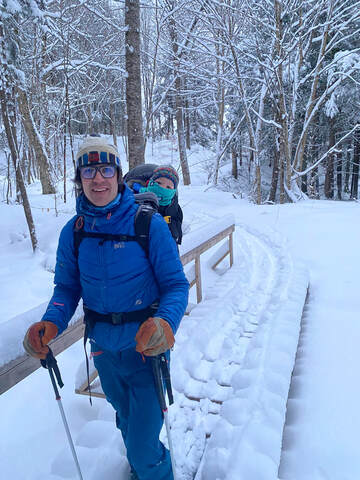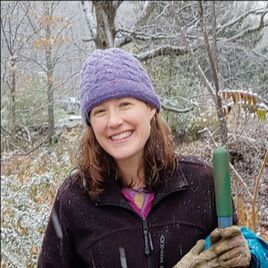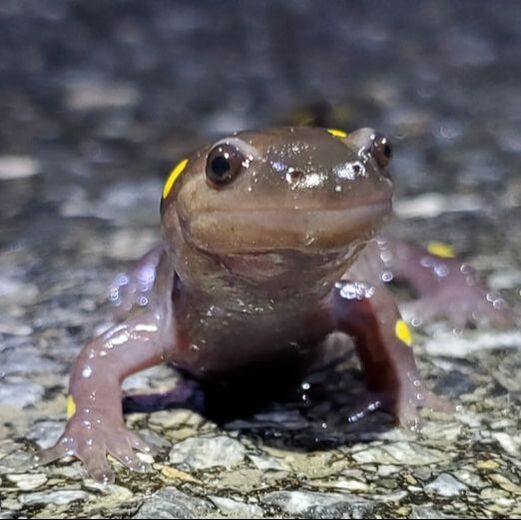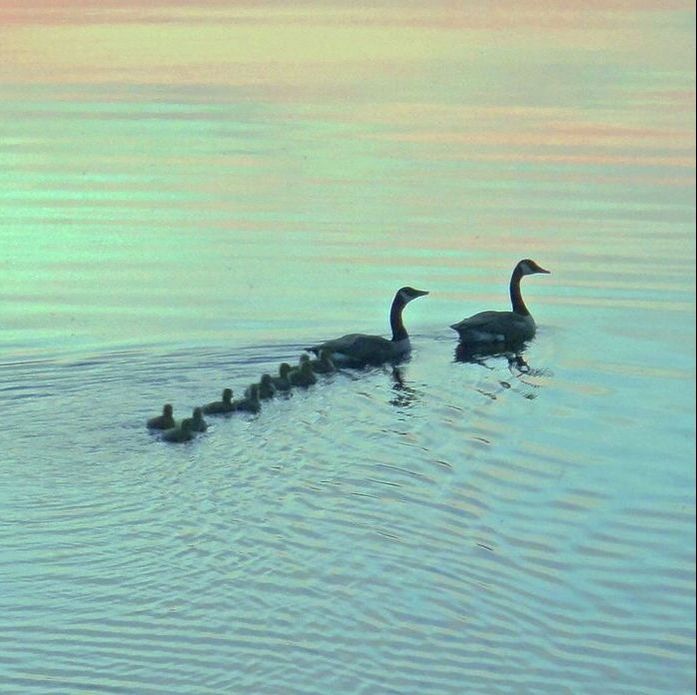 Matt Williams, FMR Board president, out for a ski over Doctor’s Brook in Moretown with his son Silas. Credit Nina Otter Matt Williams, FMR Board president, out for a ski over Doctor’s Brook in Moretown with his son Silas. Credit Nina Otter While a handshake might start the conversation with a neighbor, we all know it takes a tremendous amount of work to build lasting and trusting relationships between the people in a community. And for the last three decades, Friends has kept this focus on community building front and center. Whether it’s with our Mad River Watch volunteers or Storm Smart land stewards, we have worked to connect as many people as we can with the opportunity help build a more resilient watershed community. This is why, when opportunity arose to work alongside the Mad River Valley Planning District, the Mad River Path, The Mad River Recreation District, The Mad River Chamber of Commerce, and the Mad River Riders on the Mad River Valley Vermont Outdoor Economic Collaborative grant, we jumped at the chance. This grant is funding several exciting projects, from the establishment of a new welcome center to the building of a new bridge and trail connector across the Mill Brook. One of these projects is the establishment of a Community Recreation Visioning initiative tasked with helping us create a ‘gold standard’ for recreation in our community that balances our love of playing in the outdoors with our responsibility for acting as its stewards. Friends staff serve on the initiative’s steering committee alongside representatives from conservation and recreation groups in the Valley. With the support of an experienced facilitator, the Community Recreation Visioning initiative members will continue to meet throughout 2023 and 2024. Our hope is to chart a path forward for a vibrant community full of diverse recreation activities that takes seriously our collective role as stewards of this valley.  Back in October, Corrie Miller stepped down from her role as Friends’ Director after leading this organization for the last eight and a half years. Her leadership helped our Mad River Valley community tackle issues of climate change, flood resilience, and watershed health. We have been so lucky to have Corrie on our team these last few years and now, as she begins her new job with the Lake Champlain Basin Program as the Aquatic Organism Passage Restoration Specialist, we want to celebrate all she has accomplished. Early in her tenure as director, Corrie worked with twenty community members to lay the foundation for Ridge to River, and then led the 5-town coalition through extensive explorations of the challenges and opportunities posed by a watershed-wide focus on flood resilience, water quality, and increasingly, the realities of a changing climate. Stemming from Ridge to River, Corrie led the development of critical stormwater management projects across the Valley. She developed Road Roundtables to bring Valley road crews and Select boards together to solve common challenges and enhance communication. In 2018, she was joined by Ira Shadis, Friends Stewardship Manager, and the two worked to develop the Storm Smart program which has since worked with dozens of community members to find opportunities to build resilience at more than 120 properties across the Valley. Corrie’s ability to bring together strong conservation networks was a hallmark of her tenure. She led a partnership of federal and state agencies, contractors, and road crews to reconnect native trout to their upstream habitat. This work leveraged more than $1.5 million dollars and countless hours of scientific expertise to replace critical town road infrastructure and restore healthy streams and fish habitat. Starting in 2020, Corrie and Ira led an expansion of the Storm Smart program with partners that brought the Valley-originated program to the greater Winooski River and Lake Champlain basins. And just in the last year, Corrie has been instrumental in the early success of the multi-partner Mad River Valley Vermont Outdoor Recreation Economic Collaborative grant by spearheading important conversations about how to strike a balance between healthy ecosystems and great recreational opportunities in the Valley. Corrie’s leadership was instrumental in all phases of Friends work. Since she came on as director she has driven the technical work of identifying and implementing real projects on the ground, fundraised and leveraged partnerships across the state to help make our community more resilient, and provided vital technical assistance to countless community organizations and individuals. While we will certainly miss her, Friends board and staff are eager to congratulate Corrie on her successful tenure as executive director and wish her the best at the Lake Champlain Basin Program.  Life in the Mad River Valley is all about connections. Whether we live here year-round or pick and choose our seasons, we form bonds across the community and deepen our connection to this place. Many of us are lucky enough know our neighbors on a first name basis. And, in turn, they know us. That is, at least our human neighbors might know our names. But our wildlife neighbors live and communicate in ways that requires more than a handshake and a hello to get the conversation moving. Finding meaning in their stories asks us to attend to the context of the landscape around them. While we might imagine a brook trout having something say to an angler and ponder the poetry of a white pine sheltering chickadees mid-winter, we need to take the broad view if we want to understand our more wild neighbors on their terms. Luckily, many very thoughtful people have been working for years to help paint a more complete picture of what the good life looks like for our wild neighbors in the Mad River Valley. Just this last year, Friends worked alongside other members of the Mad River Valley Black Bear Initiative to co-host a series of presentations by Vermont State Bear Biologist Jaclyn Comeau. In the spring, we teamed up with the North Branch Nature Center and the MRV Libraries to support long range, volunteer led amphibian research. And in some cases, the science is already clear, like with brook trout and their need for cooler, connected streams. As researchers help us learn from our wild neighbors, we continue to find opportunities to be better neighbors as well – like our work with the Vermont Youth Conservation Corps this fall to plant more than 500 trees along the Mad River or our ongoing partnerships with the United States Forest Service and United States Fish and Wildlife to replace old culverts with new fish-friendly passage. |
Friendsof the Mad River Archives
July 2024
Categories |
Proudly powered by Weebly




 RSS Feed
RSS Feed